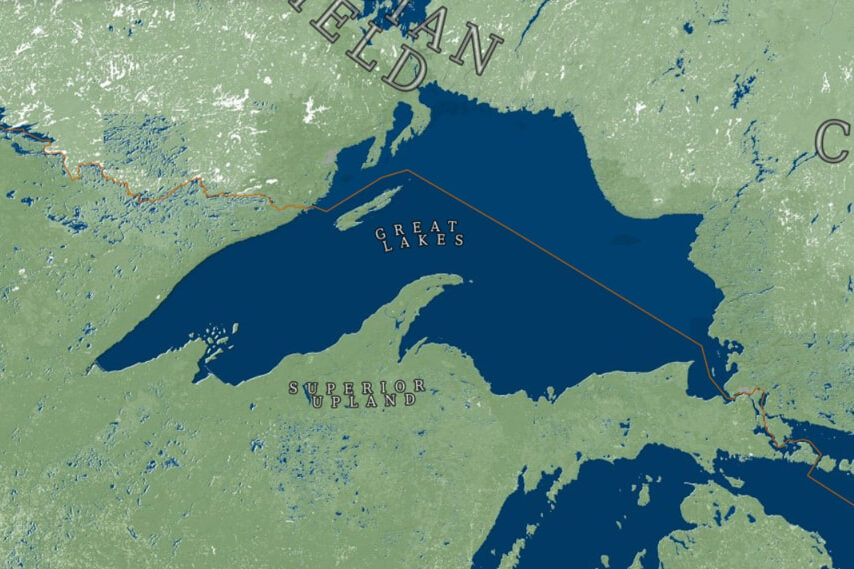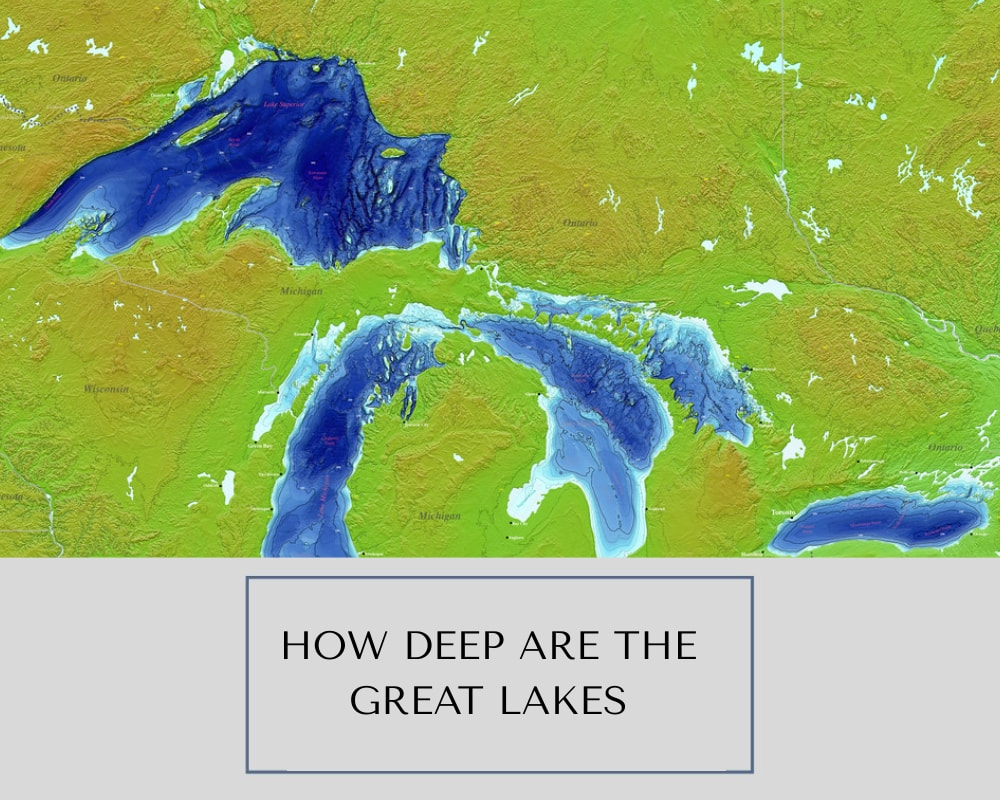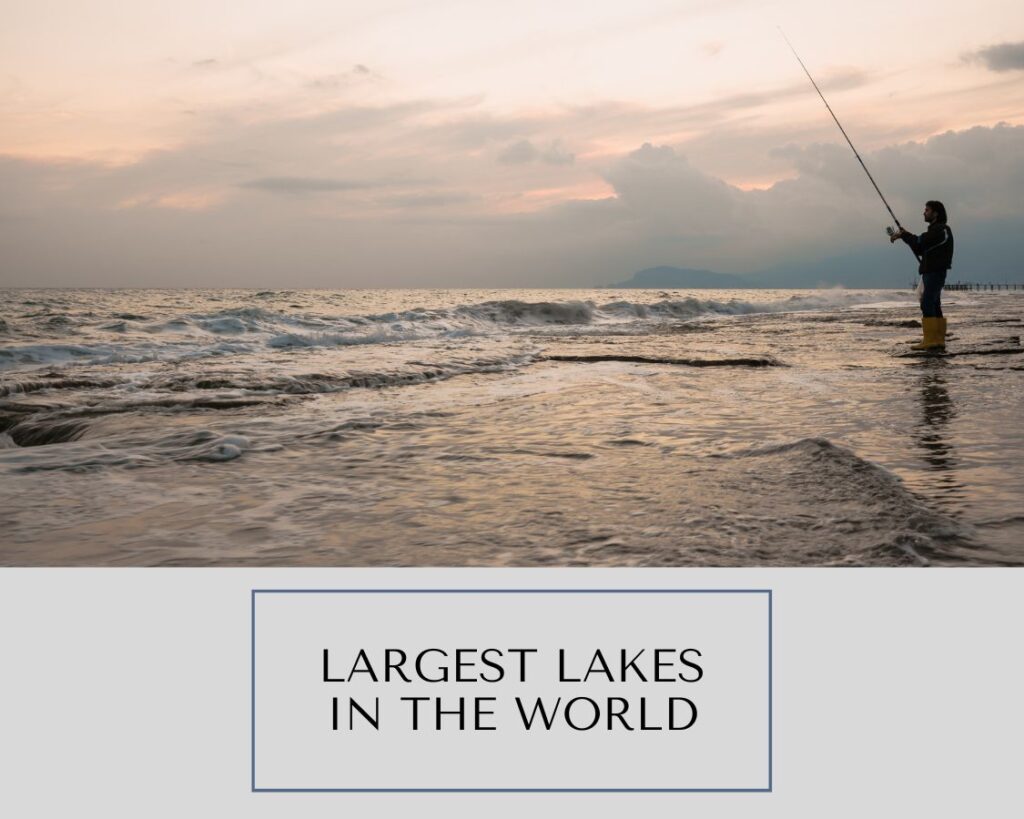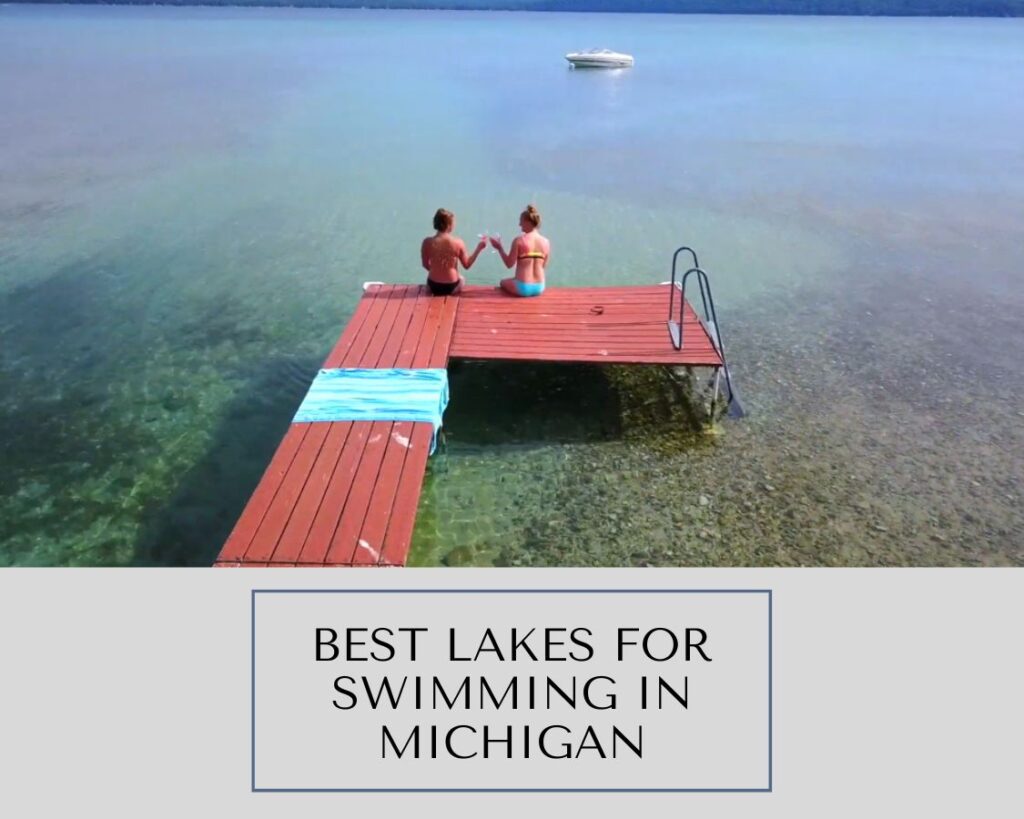Commonly known as the ‘inland seas’, The Great Lakes of North America, specifically Lakes Superior, Michigan, Huron, Erie, and Ontario, hold not just the title of the biggest freshwater lakes on the globe. They’re a magnificent testament to the raw power of our natural world, a primary shipping route, and a pivotal component in the economies of both countries it straddles—the United States and Canada. Have you ever wondered how deep these humongous bodies of water can go? Let’s delve into the depths of these aquatic treasures!
Lake Superior: The Deepest of The Great Lakes
Flaunting its supremacy right in its name, Lake Superior is anything but ordinary. The vast, expansive water body makes a strong statement as not only the largest but also the deepest of The Great Lakes, going as far down as 1,333 feet or 406 meters. That’s akin to a 120-story building submerged underwater!
Lake Superior, boasting the world’s third-largest volume and the largest freshwater lake by surface area, is a world wonder in its own right. Its grandeur doesn’t stop with size. Lake Superior sits at the highest elevation of all five Great Lakes—600 feet above sea level, making the mystery of its depths even more intriguing.
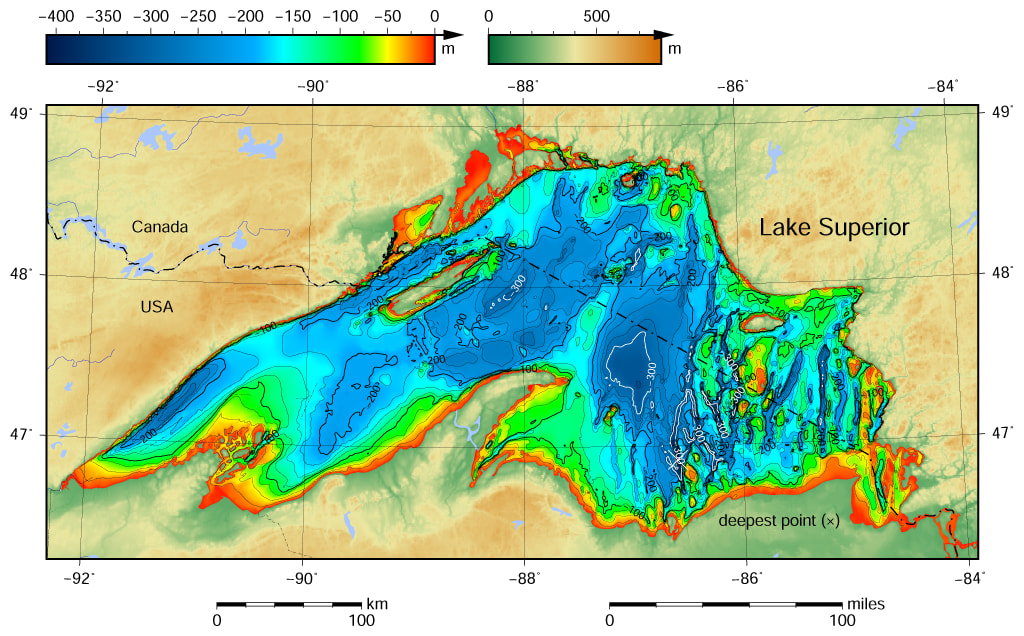
Fun Activities at Lake Superior:
Irrespective of the season, Lake Superior is famed for its multitude of recreational options:
- Navigate along the seemingly endless water expanse with boating expeditions.
- Immerse yourself in the untamed beauty of hiking trails, tracing the lakeside.
- Dive into the history of the lighthouse paths, each with a unique tale to tell.
- Or just sit back, relax, and soak in the picturesque views of the water meeting the sky at the horizon.
Lake Superior Facts:
Consider this – Lake Superior is so immense it could cover all of North and South America’s landmass with about a foot (12 inches) of water! And as you catch your breath from this revelation, here’s another – the water at the bottom of the lake remains almost as cold as ice nearly year-round due to its incredible depth.
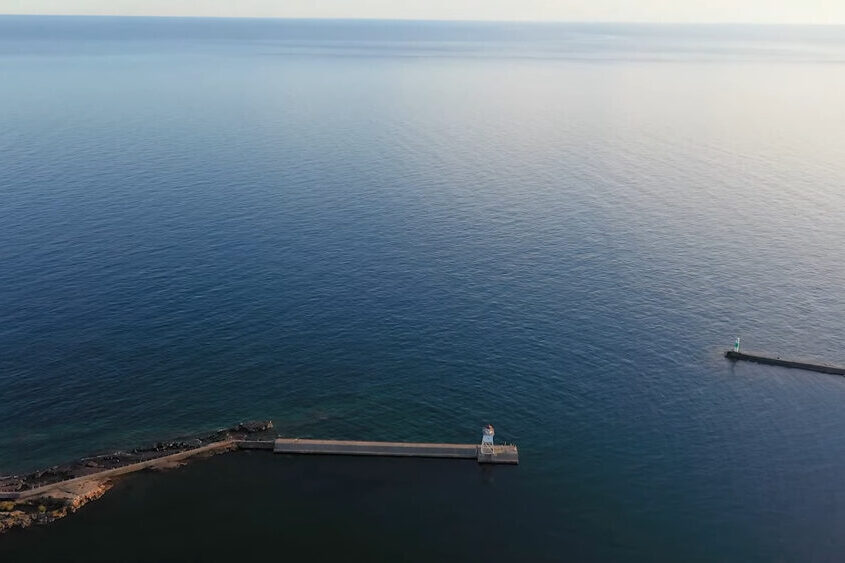
Lake Michigan: A Lake Entirely in the U.S
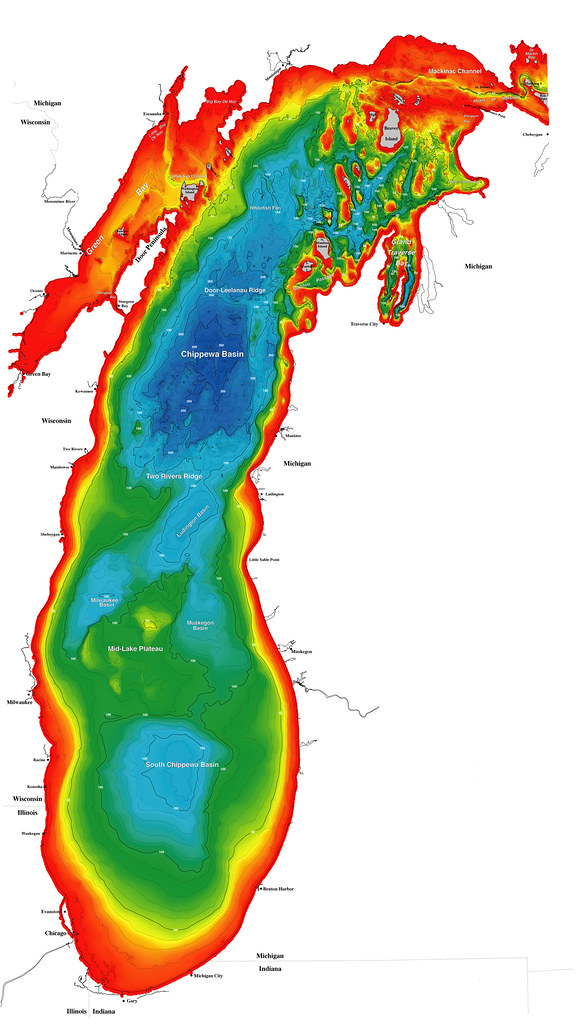
Lake Michigan: The U.S’ Private Backyard Pond
Stand unique amongst its siblings, Lake Michigan, whose name originates from the Ojibwa word “michi-gami” meaning ‘great water’, holds the title of the only Great Lake nestled entirely within the United States, as the runner-up in size to Lake Superior, Lake Michigan plummets to a substantial depth of 925 feet or 282 meters.
Known for its striking ‘Caribbean of the Midwest’ turquoise waters, Lake Michigan sets itself apart in multiple ways. It remains the only lake devoid of any Canadian border, and its eastern shore is stippled with extensive dunes, some skyrocketing to as high as 460 feet!
Fun Activities at Lake Michigan:
Apart from appealing to the eyes, Lake Michigan serves as an outdoor enthusiast’s haven, converting from a peaceful retreat into a hotspot bubbling with activities:
- Ride the waves on an adventurous sailing trip.
- Plunge into the clear waters for an invigorating swim.
- Brace yourself for a quintessential hiking experience.
- Satiate your quest for adventure with unforgettable camping under the stars.
Lake Michigan Facts:
Did you know Lake Michigan is generously dotted with lighthouses, more than any other Great Lake? Offering essential guidance in the past, they today stand as historical landmarks, adding to the lake’s charm. Moreover, the lake was a primary transport avenue for Native American routes and fur traders, playing a crucial role in the expansion and development of the region.
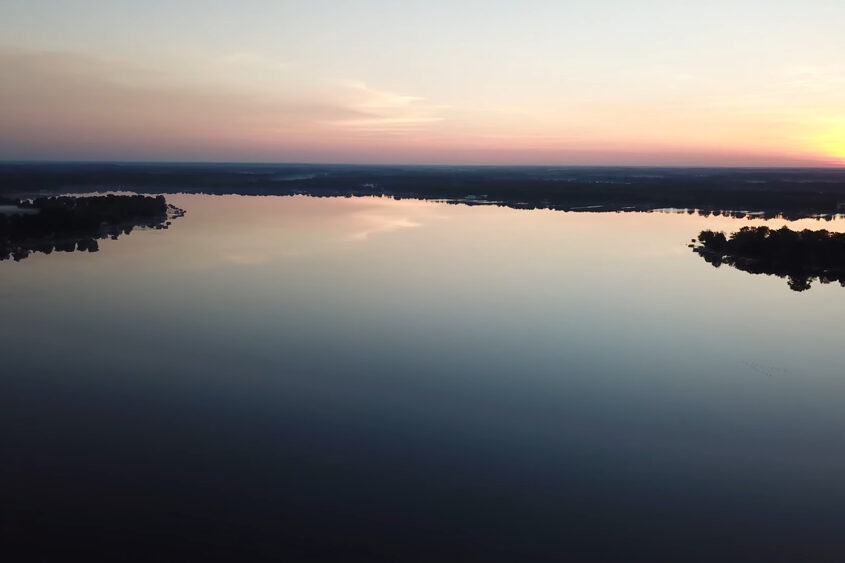
Lake Huron: The Second Largest Great Lake
Bearing the name of the native Huron people, Lake Huron proudly occupies the second spot among The Great Lakes in terms of size and plunges to substantial depths of 750 feet or 229 meters.
Lake Huron boasts the longest shoreline, thanks to its multitude of islands. Dominating these islands is Manitoulin Island. And get ready for a surprise—it’s the world’s largest lake island!
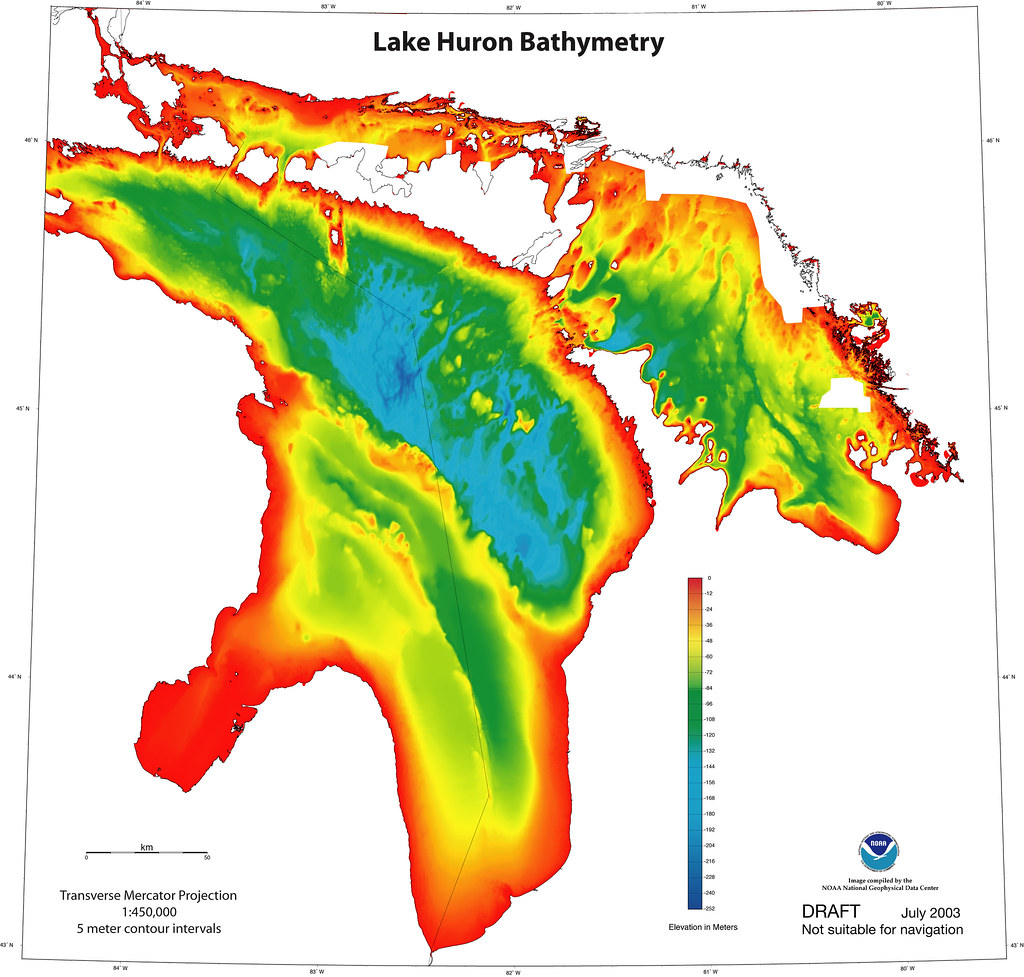
Fun Activities at Lake Huron:
This lake offers the ideal fishing retreat with a multitude of species to catch. Its waters are a deep haven for adventure seekers, offering activities such as:
Shipwreck diving for a peek into nautical history and mystery.
Kayaking through the serene beauty of its numerous islands.
Rewarding fishing expeditions for both the skilled and the novice anglers.
Embark on a winter wonderland journey with ice caving during the colder months.
Lake Huron Facts:
Did you know Lake Huron is a graveyard for ships with more shipwrecks than any other Great Lake? It serves as a sort of underwater museum for maritime history. Not to mention, it was one of the first of The Great Lakes to be discovered by European explorers, shaping the course of the region’s history.
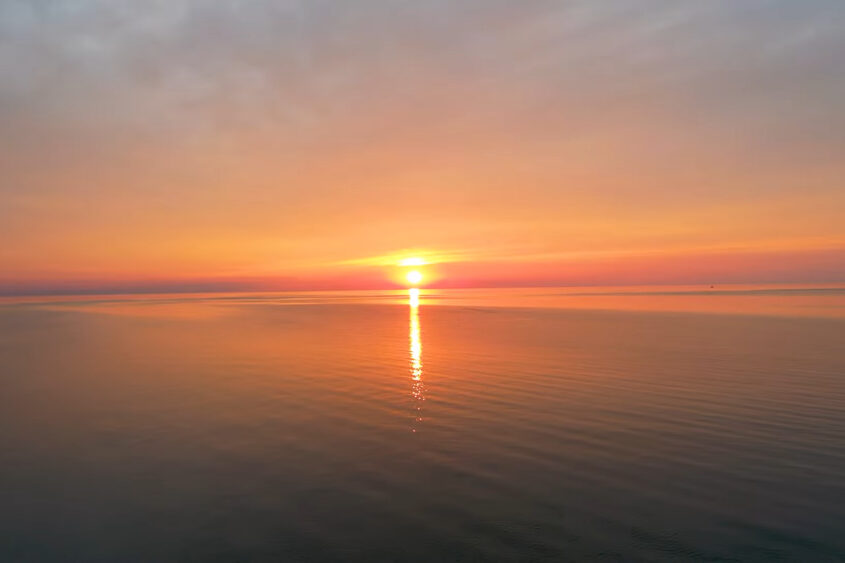
Lake Erie: The Shallowest of The Great Lakes
As the fourth largest Great Lake in surface area and the smallest by volume, Lake Erie holds its own with a maximum depth of 210 feet (or 64 meters), shallow only relative to its larger counterparts.
Lake Erie is known as the “warmest and wildest” of the Great Lakes. Its comparatively warmer waters lead to an abundance of fish, making it a prime spot for commercial and sport fishing.
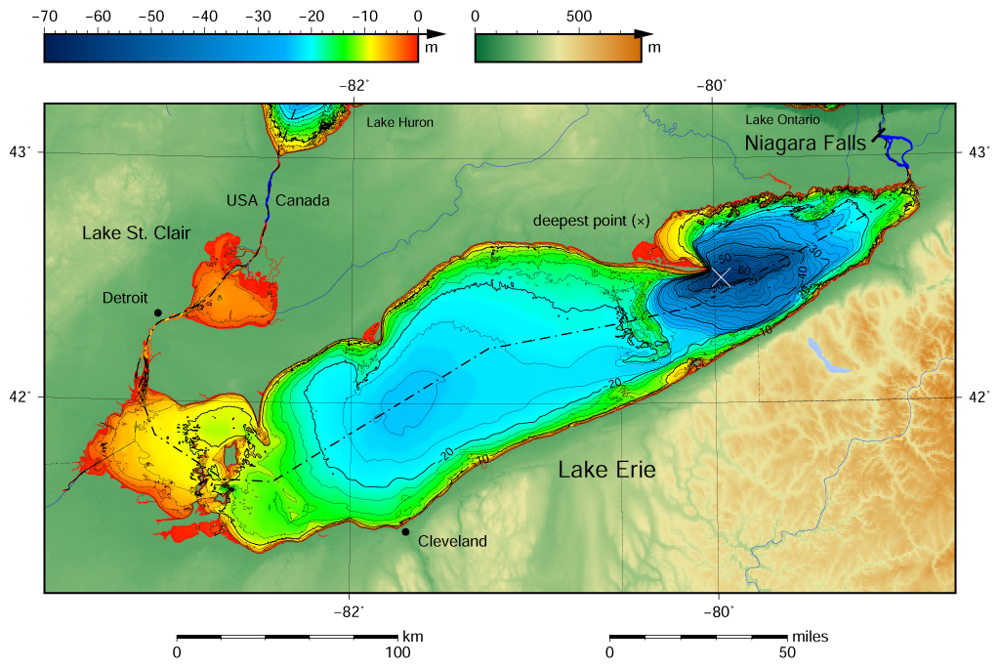
Fun Activities at Lake Erie:
From tranquil natural areas to bustling cityscapes, Lake Erie has it all:
- Unwind with a quiet day of beach lounging or bird watching.
- Craving for a thrill? Try parasailing or wakeboarding.
- Indulge the wine connoisseur in you with winery tours prevalent in the region.
- Experience rich history with visits to naval forts and maritime museums.
Lake Erie Facts:
Here’s a lesser-known fact: Lake Erie was the last of the Great Lakes discovered by European explorers, and it played a significant role in the War of 1812. The lake’s shallowness also means it freezes over more often than other Great Lakes, giving ice fishers a wider window of opportunity!
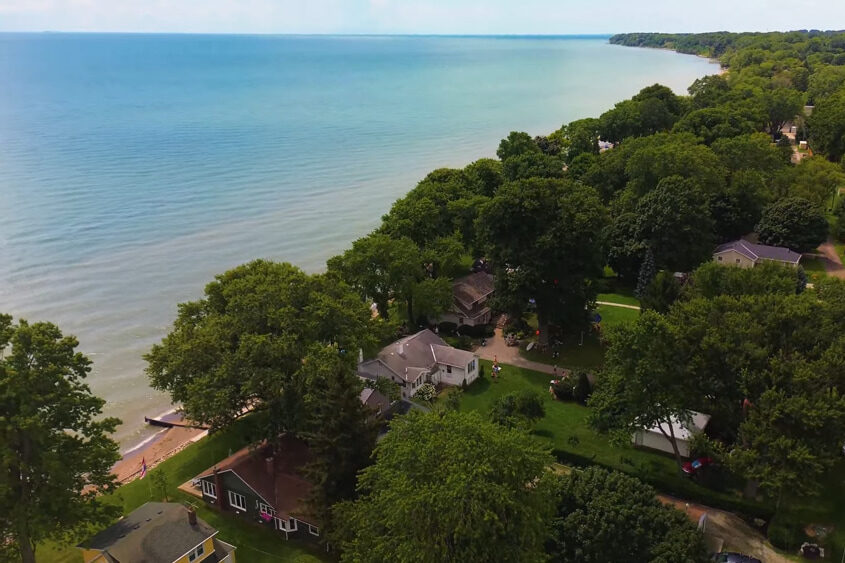
Lake Ontario: The Smallest of The Great Lakes
Despite being the smallest Great Lake when it comes to surface area, Lake Ontario might surprise you with its maximum depth of approximately 800 feet or 244 meters.
Lake Ontario might be last in a size contest, but it’s first when it comes to its role as a provider. The lake’s significant coastal wetlands foster a vital wildlife habitat.
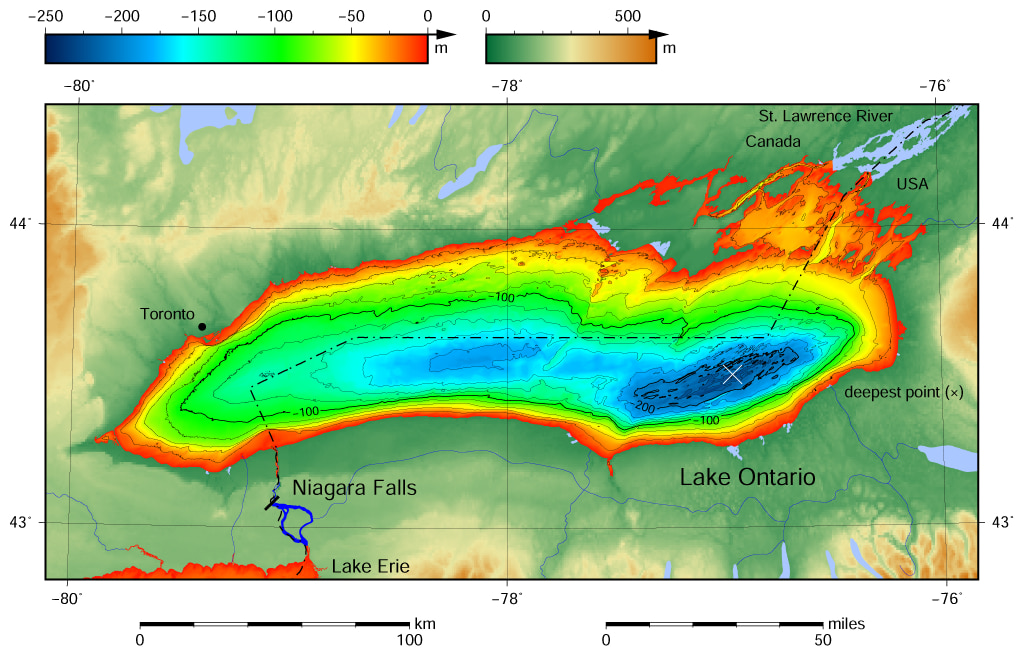
Fun Activities at Lake Ontario:
There’s no shortage of recreation at Lake Ontario:
- From boating in serene waters to kiteboarding for the adventurous.
- Swimming, chilling at urban beaches, or reveling in the untamed beauty of sand dunes.
- Fishing aficionados will find the off-shore and on-shore angling rewarding.
- Its rivers offer great opportunities for rafting along their rapids.
Lake Ontario Facts:
Lake Ontario may be smaller, but it’s mighty — it’s the Great Lake that serves as the last link in the Great Lakes chain. The lake regulates the flow of water to the Atlantic Ocean via the St. Lawrence River.
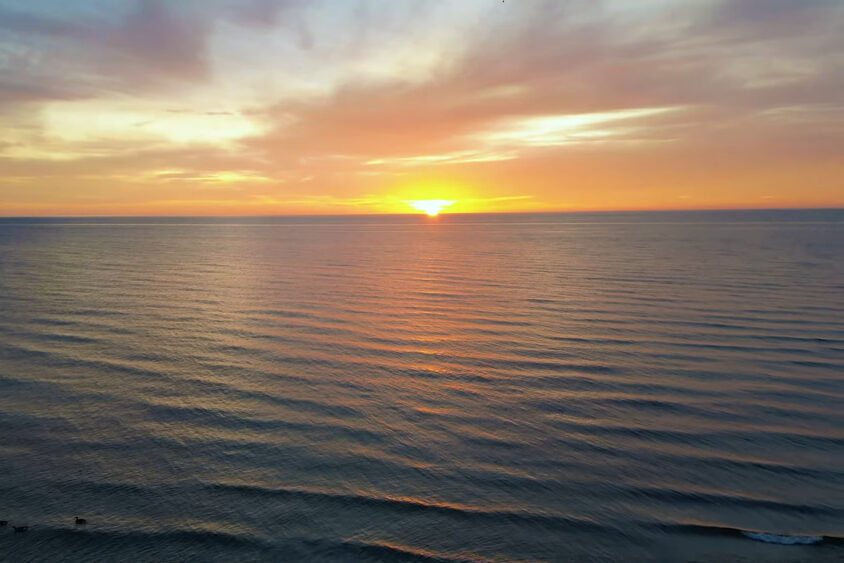
Diving Into the Depths: A Comparative Look at The Great Lakes
It’s one thing to know individual statistics about each of The Great Lakes but to truly comprehend their enormity and uniqueness, it’s beneficial to compare them side by side. In the table below, we delve into key characteristics – including maximum depth, average depth, surface area, and water capacity – of each of these freshwater giants. This comparative glance will not only give you a sense of their impressive depths but also a broader understanding of their individual magnitudes. Let’s take a plunge into the statistical depths of these fascinating inland seas!
| Lake Name | Maximum Depth | Average Depth | Surface Area | Water Capacity |
|---|---|---|---|---|
| Lake Superior | 1333 feet / 406 meters | 483 feet / 147 meters | 31,700 sq mi (82,100 km2) | 2,900 cubic mi (12,100 km3) |
| Lake Michigan | 925 feet / 282 meters | 279 feet / 85 meters | 22,300 sq mi (57,800 km2) | 1,180 cubic mi (4,918 km3) |
| Lake Huron | 750 feet / 229 meters | 195 feet / 59 meters | 23,000 sq mi (59,600 km2) | 850 cubic mi (3,540 km3) |
| Lake Erie | 210 feet / 64 meters | 62 feet / 19 meters | 9,910 sq mi (25,667 km2) | 116 cubic mi (484 km3) |
| Lake Ontario | 802 feet / 244 meters | 283 feet / 86 meters | 7,340 sq mi (19,000 km2) | 393 cubic mi (1,640 km3) |
